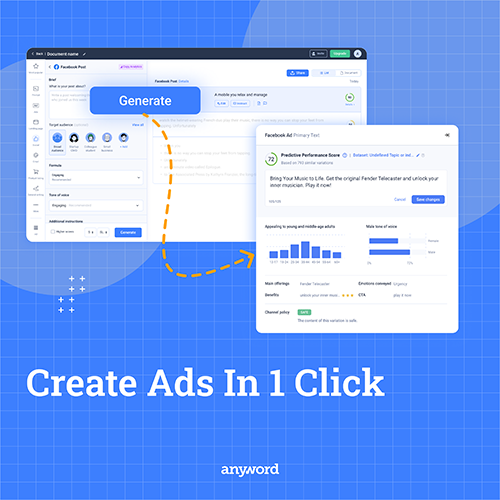New research from leading business financing company OptiPay has revealed the top 5 cash flow hurdles facing Australian SMEs as more business owners are being forced to dip into their personal savings to make ends meet.
“A smooth and reliable level of working capital is essential to the success of any business and with the current economic challenges it’s becoming harder for SMEs to maintain this,” says OptiPay CEO Angus Sedgwick.

Recently released data from accounting platform Xero shows one-third of Australian small business owners are unable to pay themselves due to cash flow challenges and 27% are being forced to dip into their personal savings to mitigate rising costs.
“Inflation has had a huge impact on cash flow for Australian businesses over the past six months,” says Mr Sedgwick.
“Rising costs and changing consumer behaviour have seen a shrinking profit margin for many businesses putting a strain on working capital but conversely it is also during periods of growth where we see SMEs really struggling with their cash flow,” says Mr Sedgwick.
“It’s important for business owners to realise that profit and cash flow are not the same thing. You can have a profitable business on paper and not have a dollar in the bank.”
OptiPay has seen a huge increase in the number of SMEs seeking invoice financing as a way of maintaining their cash flow and enabling growth.
“Invoice financing allows a business owner to unlock the cash that’s tied up in their unpaid invoices, providing a line of credit secured by the Accounts Receivables ledger” says Mr Sedgwick.
“The financier gets paid when the debtor makes payment so there are no repayments to be made. Typically, businesses can access up to 90% of the sale value of an invoice whilst continuing to offer credit terms to customers.”
“It’s a widely used form of business finance overseas and Australian SMEs are starting to realise the benefit when faced with current cash flow challenges,” he adds.
OptiPay’s Top 5 Cash Flow Hurdles –
- Lending Restrictions
It’s a tough time for any SME to obtain bank finance with access to working capital becoming harder to come by. Banks have tightened lending criteria making it difficult to obtain loans or raise credit limits.
- Slow Paying Customers
Many large companies have invoice terms as high as 60 days which is a long time to wait to be paid after you have delivered your goods or services to your customers. Slow payments can hurt a business’s cash flow if they don’t have a facility like invoice financing in place.
- Rapid Expansion
Companies that grow too quickly can find themselves struggling to maintain cash flow. A combination of increased overheads like materials, equipment, staff and expanded equipment sees them drain their cash supply to meet orders. Without a cash flow injection, these companies may have to turn away orders as they wait to get paid from the last.
- Seasonal Income
Businesses that raise most of their income in one part of the year can find they run out of funds if they don’t diligently manage their expenses. Companies making seasonal goods such as beachwear, Christmas items or seasonal rural products are examples of this. They are usually an excellent candidate for invoice financing so they have the cash at hand to fulfil orders when the season changes and their business picks up.
- Lack of Customer Credit Checks
Many Australian businesses experience cash flow problems because a major customer goes bankrupt and leaves them exposed to bad debt. Do your due diligence when it comes to customer credit checks and set reasonable limits for companies with poor credit history. Avoiding defaults and late payments could stop your company from going broke. All invoice finance facilities provided by OptiPay have the added benefit of Trade Credit Insurance included, thus mitigating this risk.





















